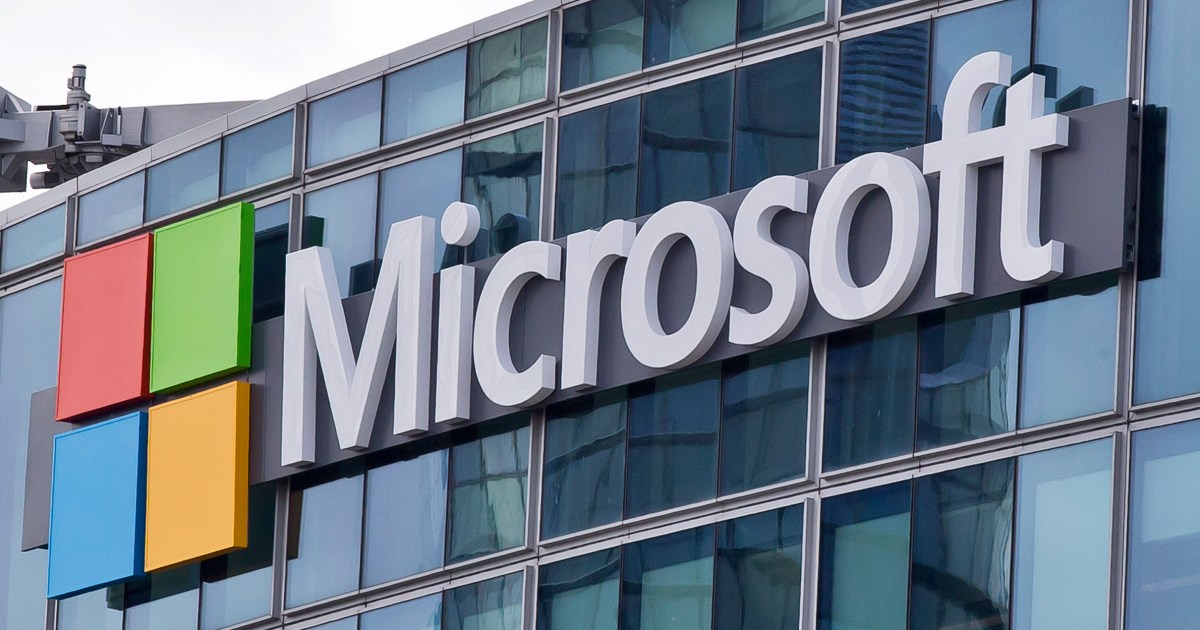Microsoft to Replace Blue Screen of Death with Black Error Screen in Windows Update
Microsoft is set to replace the traditional blue screen of death with a black error screen, enhancing user experience and system recovery features.
Overview
- Microsoft is updating Windows to replace the iconic blue screen of death with a new black error screen.
- The new black screen will feature a shorter message and display a percentage completed during restarts.
- This change aims to enhance the resiliency of the Windows operating system and reduce downtime.
- A 'quick machine recovery' feature will also be introduced to address startup issues more efficiently.
- Microsoft plans to cut restart downtime to two seconds, officially retiring the blue screen of death.
Content generated by AI—learn more or report issue.

Get both sides in 5 minutes with our daily newsletter.
Analysis
Center-leaning sources frame the transition from the blue screen of death to a black screen as a significant yet pragmatic update, emphasizing Microsoft's commitment to improving user experience and system resilience. Implicitly, they convey a sense of nostalgia while highlighting the necessity for modernization and reduced disruption in technology.
Articles (5)
Center (4)
FAQ
The new black error screen features a simplified black design, omits the sad smiley and QR code, displays essential diagnostic details such as the stop code and faulty system driver, and includes a percentage completed indicator during restarts.
Quick Machine Recovery is a feature designed to help quickly restore the Windows operating system when it fails to boot properly, aiming to reduce system downtime and improve recovery speed.
By providing clearer, more actionable information such as specific stop codes and faulty drivers directly on screen, the new black error screen reduces the need for manual crash dump analysis, enabling faster identification and resolution of issues.
Microsoft plans to introduce the new black error screen and Quick Machine Recovery feature later in the summer of 2025.
The goal is to enhance the resiliency of Windows, improve user experience during system failures, and reduce restart downtime to about two seconds by providing better and more transparent diagnostic feedback.
History
- This story does not have any previous versions.




